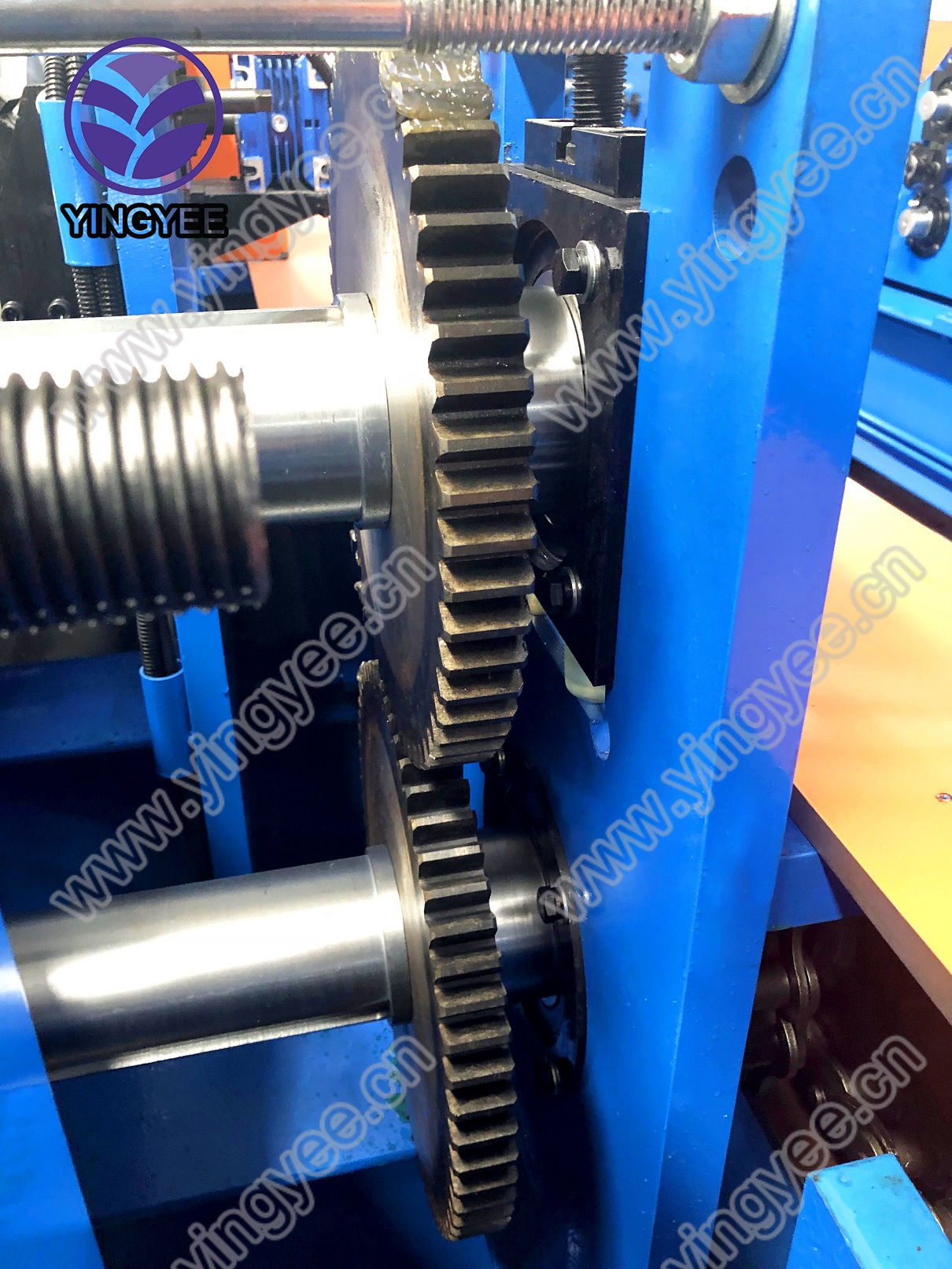
The Evolution of Construction Machinery Shaping the Future of Infrastructure
Construction machinery plays a pivotal role in the development and maintenance of infrastructure around the world. From towering skyscrapers to expansive highways, the equipment used in building and construction processes has evolved significantly over the years, adapting to the ever-changing needs of the industry. This article delves into the history, advancements, and future trends in construction machinery.
A Brief History of Construction Machinery
The roots of construction machinery can be traced back to the ancient times of humans utilizing simple tools. Ancient Egyptians employed basic mechanical devices such as levers and ramps to construct the pyramids, while the Romans advanced this notion with cranes powered by animals to erect their monumental buildings. However, the real revolution began during the Industrial Revolution in the 18th and 19th centuries when steam-powered machines emerged. These innovations laid the foundation for modern equipment, transforming construction practices.
In the 20th century, the introduction of internal combustion engines revolutionized construction machinery further. Machines such as bulldozers, excavators, and backhoes became commonplace on job sites. These advancements increased efficiency and productivity, allowing for the rapid construction of infrastructure that supported urbanization and industrial growth.
Modern Advancements in Construction Machinery
Today, construction machinery is characterized by advanced technologies that enhance performance, safety, and sustainability. One of the most significant trends is the integration of automation and robotics. Machines equipped with GPS and digital mapping technology can operate with increased precision, reducing waste and minimizing the environmental impact. Autonomous trucks and drones for surveying and monitoring construction sites are becoming prevalent, streamlining operations and allowing for real-time decision-making.
Moreover, manufacturers are placing a stronger emphasis on sustainability. Modern construction equipment is designed to be more environmentally friendly, incorporating features such as hybrid engines and electric power sources. These innovations not only reduce carbon emissions but also help construction companies comply with increasingly stringent regulations concerning environmental standards.

Safety remains a top priority in construction machinery's development. Many contemporary machines are equipped with advanced safety features, including collision avoidance systems, automatic shut-off mechanisms, and enhanced visibility options. These technologies aim to reduce accidents on job sites, protecting operators and workers and contributing to safer construction environments.
The Future of Construction Machinery
As we look toward the future, the construction machinery industry is poised for even more significant transformations. The rise of the Internet of Things (IoT) is enabling machines to communicate with one another and with central monitoring systems. This interconnectedness allows for better tracking of equipment performance and maintenance needs, reducing downtime and increasing productivity.
Furthermore, the adoption of artificial intelligence (AI) in construction machinery is set to enhance operational capabilities. AI algorithms can analyze data from multiple sources to optimize workflows, predict equipment failures, and improve project management. As these technologies become more mainstream, construction companies will benefit from enhanced efficiencies and cost savings.
Additionally, the trend toward modular construction is expected to influence construction machinery in the future. As building components are pre-fabricated off-site, machinery will need to adapt to transport and assemble these elements quickly and efficiently. This shift will likely lead to the development of specialized equipment tailored for modular construction processes.
Conclusion
The evolution of construction machinery has dramatically shaped the way we build and maintain our infrastructure. With the advent of automation, sustainable practices, and advanced safety features, the future looks promising for this dynamic industry. As we continue to innovate and adapt, construction machinery will play an essential role in addressing the challenges of modern infrastructure development, paving the way for a more efficient, safe, and sustainable future.